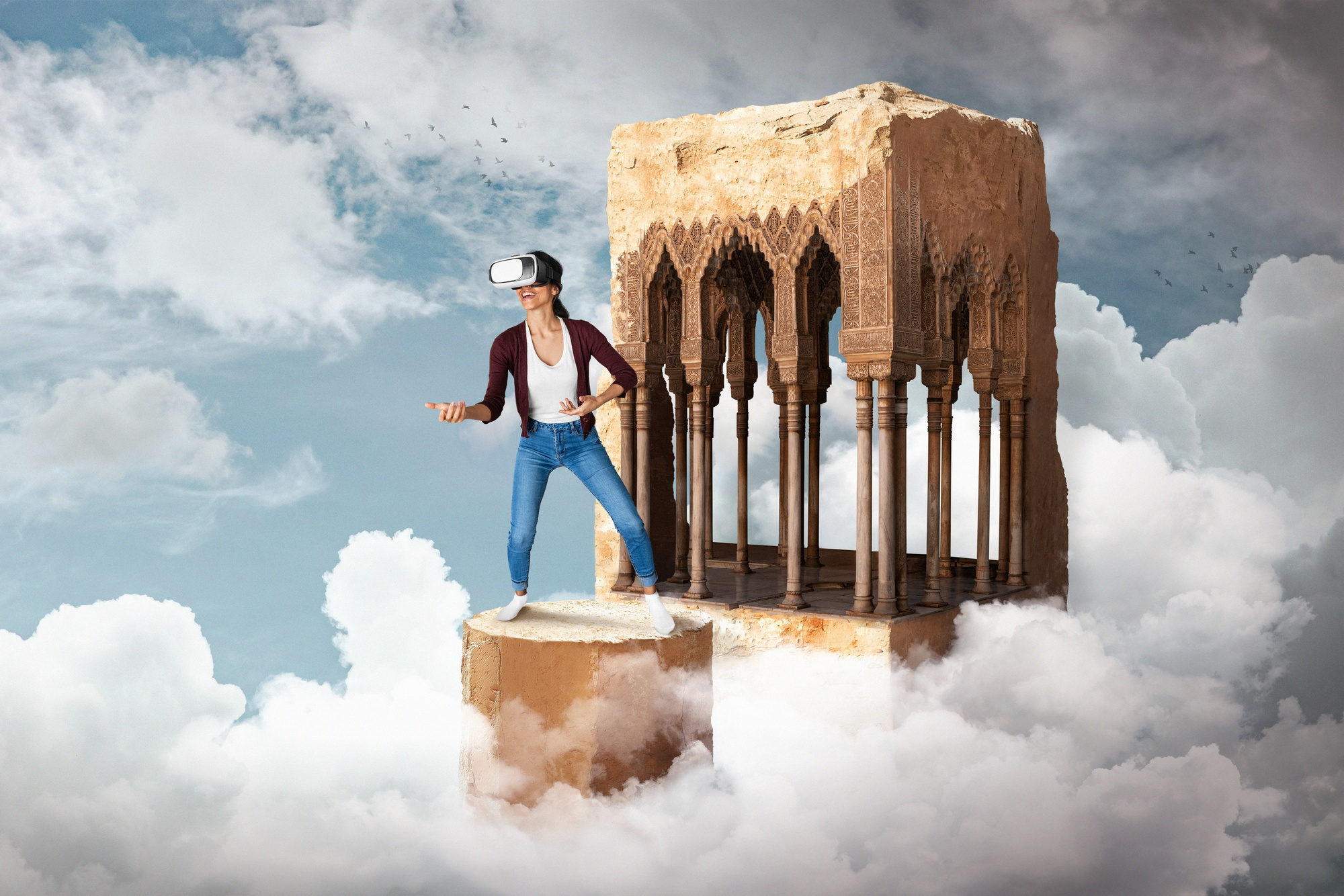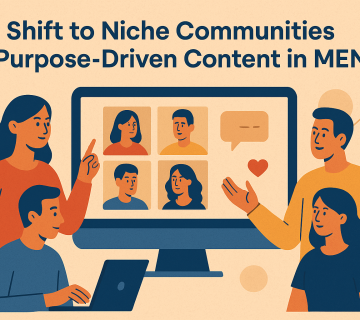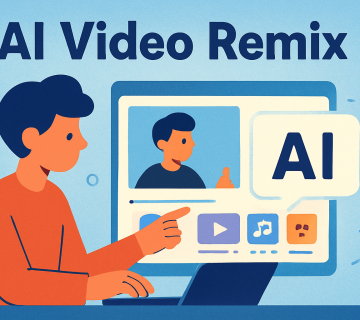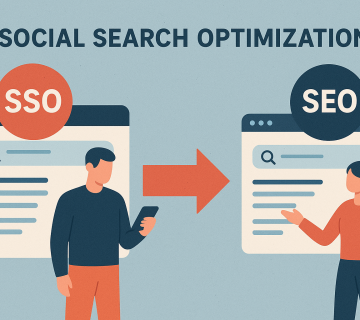As the pandemic accelerated society’s technology adoption, platforms enabling virtual togetherness emerged as lifelines against isolation. Among these, 3D social worlds providing interactive digital environments showed early promise for recreating in-person experiences remotely. While still fledgling compared to traditional 2D social media, further advances to 3D platforms could significantly influence the future of online relationship building.
Within immersive 3D spaces, users customize avatars
To naturally navigate landscapes and connect with friends. Rather than passive consumption, lively full-body interactions feel closer to real life. Creative avatar customization allows unique self-expression too. As VR accessibility increases, 3D socializing will increasingly transport participants irrespective of physical locations.
3D worlds open opportunities for shared activities
like VR gaming as well. Collaborative puzzle solving or adventure racing through virtual worlds fosters bonding during cooperative play. Digital locales also host event spaces for live meetings, classes or concerts with global attendance. Such communities help combat isolation especially for those limited physically.
Emerging are also signs of 3D platforms facilitating new types of workflows. Design labs or remote training centers allow coworkers to problem-solve in real time. Students could one day attend virtual field trips or language lessons with global classmates. Even fitness and wellness oriented virtual group classes or nature walks aim to enrich peoples’ lives.
Furthermore, 3D socializing expands possibilities for online gaming and play. Integrated mini-games of all genres foster light-hearted competition and collaboration amongst friends old and new. Larger scale virtual reality multiplayer titles especially promise memorable adventures shared across distances. Developers also experiment integrating real world augmented elements into the mix.
In summary, While still nascent, 3D social media points toward a future upending traditional paradigms. As the format matures integrating augmented realities, nuanced communication becomes less bound by distance. If cultivating empathy across divides, such platforms may yet meaningfully contribute to societal betterment on a global scale. At the very least, their immersive capabilities portend a more inclusive future overcoming boundaries to connect communities in inspiring new ways




